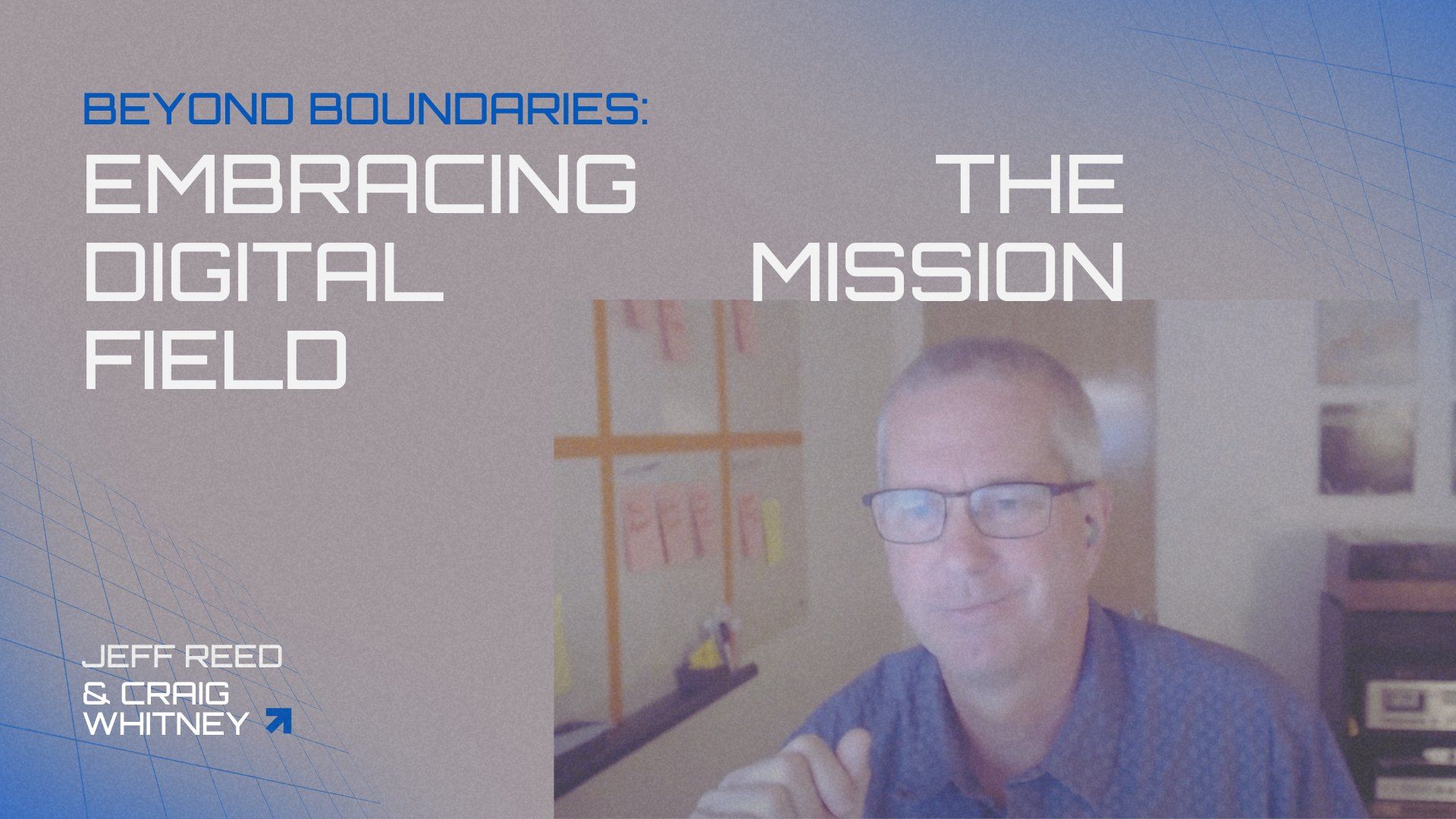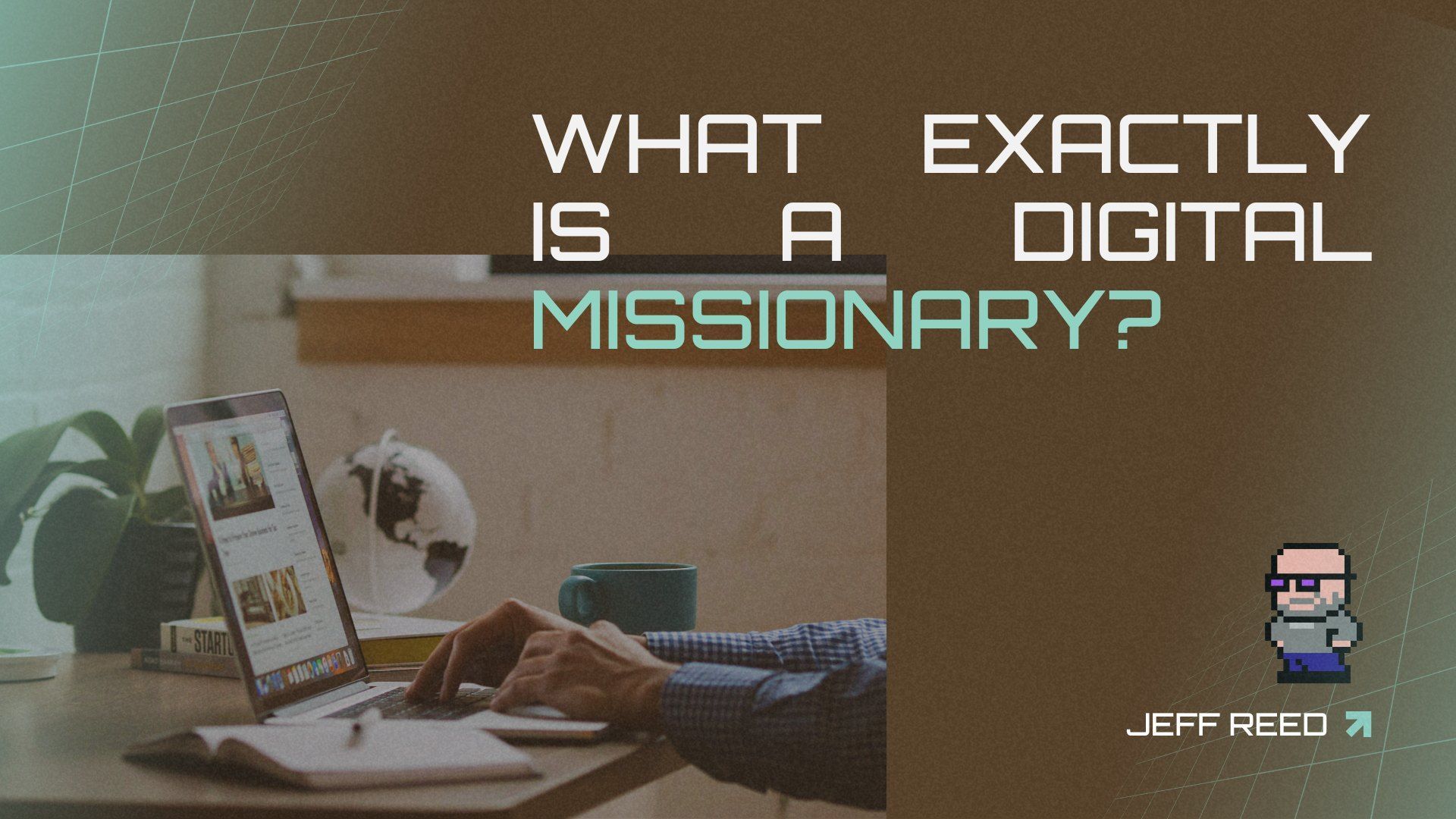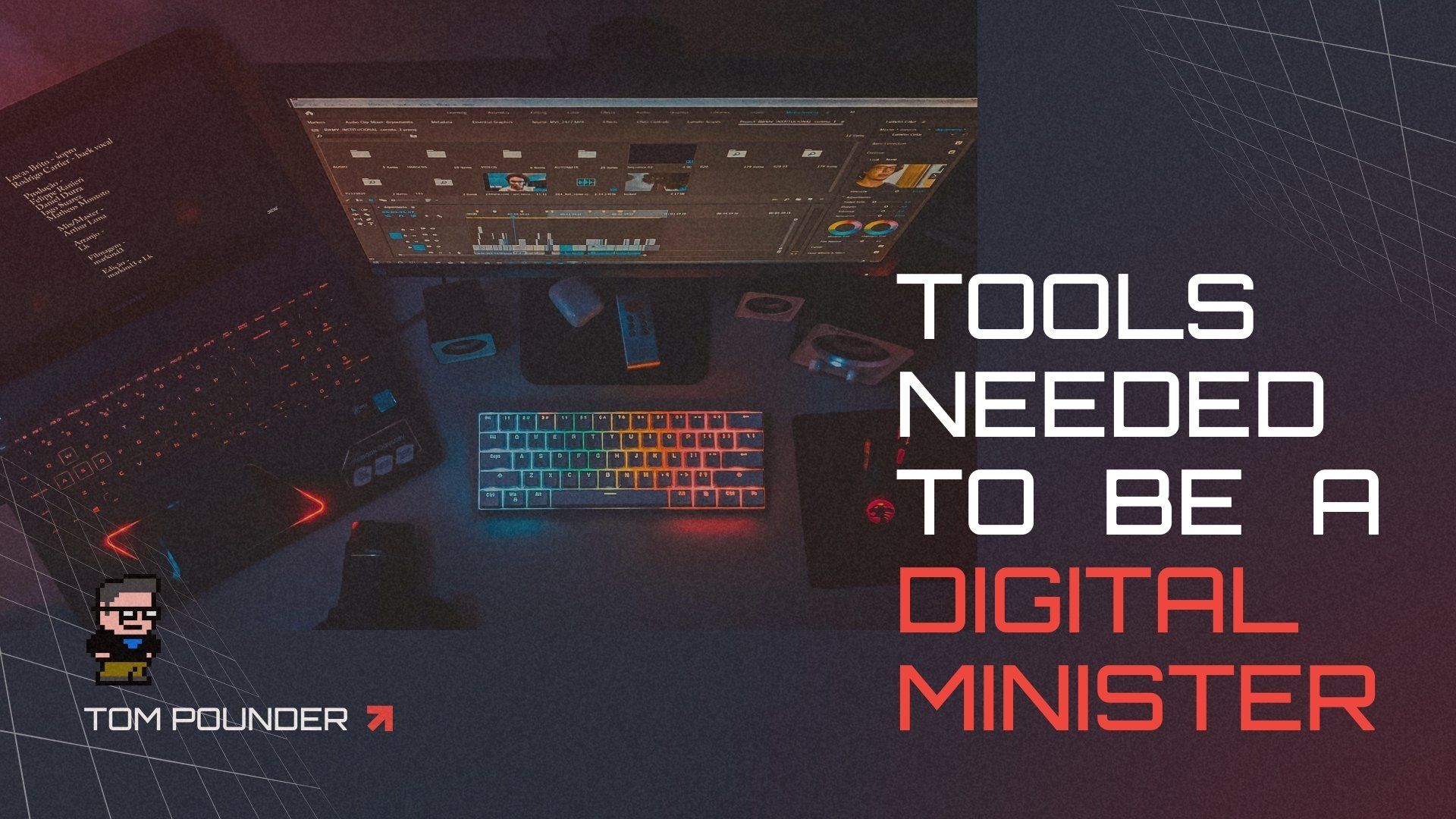Online Church Attendance Numbers... Who Cares?
We all do, right? But how important are those numbers and what are they really telling us?
Sunday, March 15, 2020 will be a day that we as online pastors, will remember for a long time. It was a day like none other, where the majority of churches in America had to count on one single resource to connect with their congregation. If COVID19 had presented itself just few years ago, most churches in our country would have simply closed their doors as they would not have had an option that would allow them to bring corporate worship to those staying home.
Based on some conversations with online pastors around the country, they saw a tremendous spike in viewership numbers on this one particular Sunday. I imagine that come Monday morning, lead pastors from every church will be asking the same questions: How many people watched online? And mainly, how real are those numbers?
These are valid questions and we should not feel annoyed by them, but rather we should get real about numbers. Use this moment to have some honest conversations with your church leadership regarding the impact online church can have for your ministry and, just maybe, why numbers really do not matter that much after all.
Count Engagement vs Attendance
Many people will stop by for a minute or two to check your broadcast, and Facebook Live will even count views just by scrolling through the page. This is why I suggest tracking engagement by how long people stayed with you during your broadcast. Usually people measure audiences that stayed connected for twenty minutes or more. You can also measure engagement by participation on the chatroom (which you may expect to be low since most viewers will go full screen), and also through giving through the online church.
Numbers May Be Telling Your Church a Different Story
If you see a lot of locals coming to your broadcast weekly, it might be an indicator of some reasons why people are not coming into your physical building. This could mean that there is a potential for your church to see local ministry in a different way. Remember, data never lies. See this as an opportunity and not a challenge.
Use Multiple Samples
As much as possible, use multiple samples to get the best snapshot of your viewership. Often times your streaming service can provide some numbers, Facebook Insight, the Church Online Page, and if you use Google Ad Grants, you will have access to great data as well. Be sure to get a good sample from each one, and find the common denominator that reflects the real engagement number as close as possible.
Every week, I report our lowest number that is attached to engagement. Throughout the years, one of biggest question I receive from church people is “how real are those numbers?” I can say that they are real, because I can back it up by simple data, giving numbers and other activities like online groups. At the end of the day, it is about that one person, the one who is connecting for the first time looking for some hope, or asking for some life answers. Online church, like the physical church, will make a big impact both locally and globally, one life at a time.
{{cta('815b9a63-2052-4cd1-b388-b7fab212b3df','justifyleft')}}
Stadia is getting ready to launch another round of their Phygital Learning Communities. Almost 70 churches right now are learning how to THRIVE, GROW, and MULTIPLY. We want to help your church learn how physical and digital can work together to achieve your mission and vision, meanwhile letting your Church, Online, be authentically you. Phygital Learning Communities are starting soon. Check out http://stadiachurchplanting.org/phygital for more information.
What do you think? Share your ideas on Discord or on social media.
Through the.Church.digital, we are helping physical and digital churches better understand the discipleship process, and helping churches and church planters understand this and other decentralized mindset shifts. By taking this quick assessment we can get you connect with a coach, resources and more. Also, check out our Discord Group where we are encouraging people daily.
























